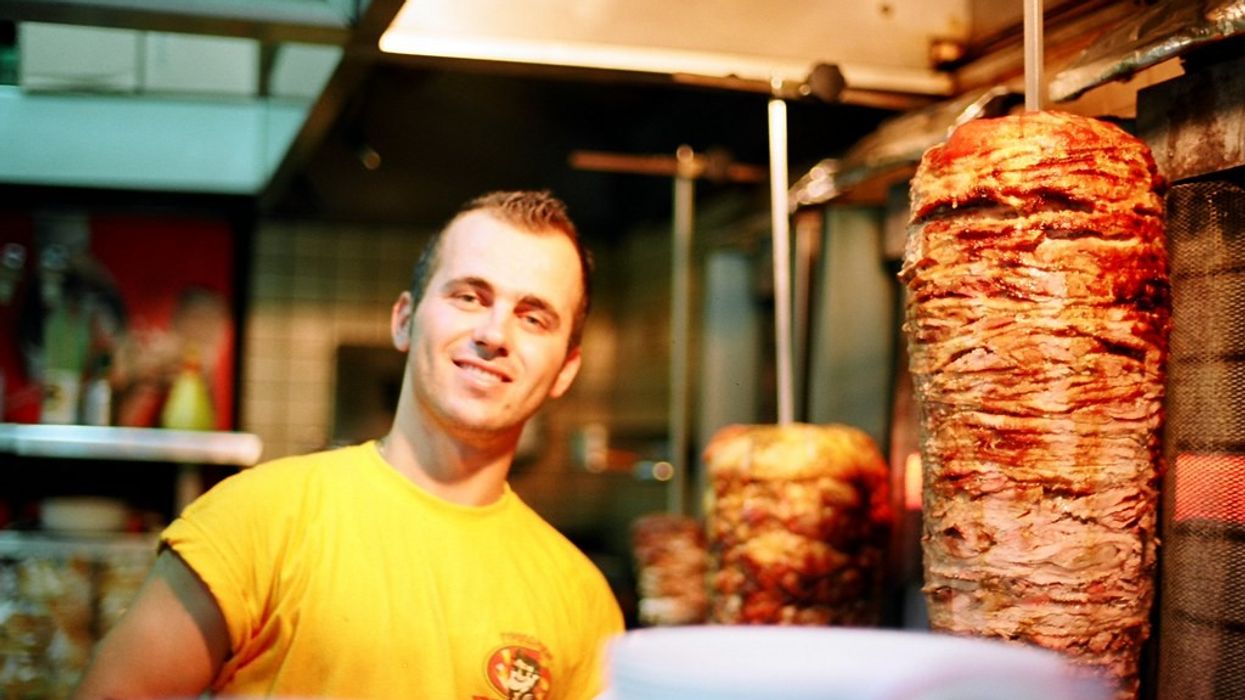What's behind the spiraling cost of food? It's not just oil and the burgeoning appetites of Americans.
As Frederick Kaufman, the author of A Short History of the American Stomach explains in an article in this month's Foreign Policy, titled "How Goldman Sachs Created the Food Crisis":
Since the bursting of the tech bubble in 2000, there has been a 50-fold increase in dollars invested in commodity index funds. To put the phenomenon in real terms: In 2003, the commodities futures market still totaled a sleepy $13 billion. But when the global financial crisis sent investors running scared in early 2008, and as dollars, pounds, and euros evaded investor confidence, commodities—including food—seemed like the last, best place for hedge, pension, and sovereign wealth funds to park their cash. "You had people who had no clue what commodities were all about suddenly buying commodities," an analyst from the United States Department of Agriculture told me. In the first 55 days of 2008, speculators poured $55 billion into commodity markets, and by July, $318 billion was roiling the markets. Food inflation has remained steady since.
While rampant speculation by bankers in commodity index funds might sound lands away from your next meal, Kaufman writes in an earlier article for Harper's (subscription req'd):
The worldwide price of food had risen by 80 percent between 2005 and 2008, and unlike other food catastrophes of the past half century or so, the United States was not insulated from this one, as 49 million Americans found themselves unable to put a full meal on the table. Across the country demand for food stamps reached an all-time high, and one in five kids came to depend on food kitchens. In Los Angeles nearly a million people went hungry.
And it's inevitably going to get worse as the world reaches 10 billion. Time for bankers face the hard truth to their complicity.
Illustration: Tim Bower/Harper's













